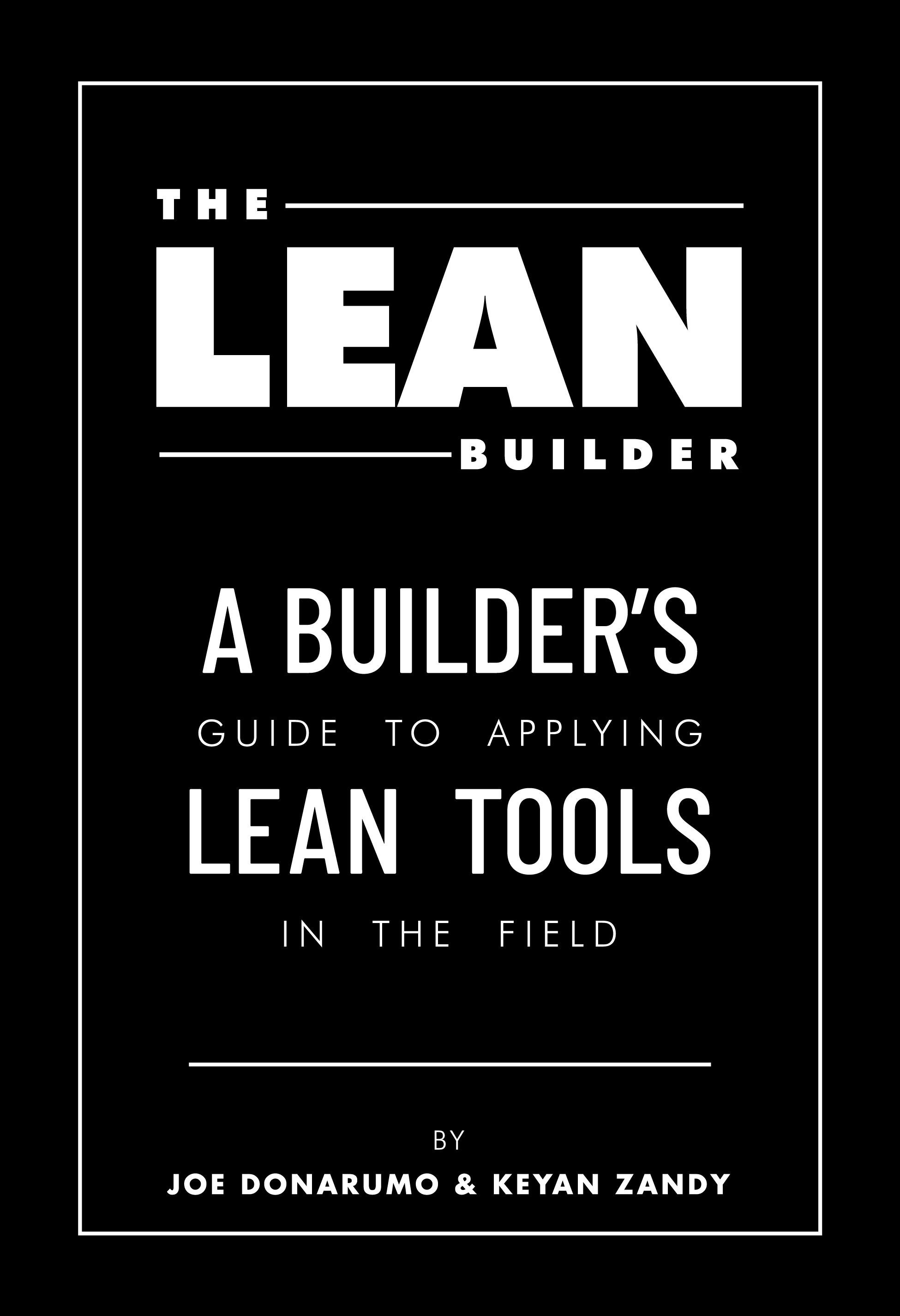“It’s very complicated,” says Dan Doctoroff, N.Y.C. deputy mayor for economic development. “Not only do you have to move Madison Square Garden west, but you have to rebuild two train stations and add millions of square feet for offices and hotels. Something like that involves many, many players. But everyone would like to see it happen. We're hopeful.”
Meanwhile, on Long Island, Charles Wang, owner of the NHL’s New York Islanders, has formed Lighthouse Development Group with Scott Reckler, a New York developer, in hopes executing a $200 million renovation of Nassau Veterans Memorial Coliseum in Uniondale. It would be part of a $1.6 billion development that would include a residential and retail complex.
“The county is doing its part to make this deal happen,” says Joe Calderoni, a spokesman for Nassau County Executive Tom Suozzi. The plan was headed this summer to zoning authorities.
Broader Impact on Building Industry
With large construction programs such as the redevelopment of the World Trade Center in Manhattan or construction of the $3.8 billion first phase of the Second Avenue Subway line already in progress, industry observers are assessing the impact of the sports building wave.
The sports work alone won’t bleed the industry of laborers but could worsen a lack of managers, the BTEA’s Coletti says.
“The labor market has an institutional mechanism to deal with shortages with their apprenticeship programs,” he adds. “But you don’t manufacture a good project superintendent or project manager overnight.”
The industry is already seeing fewer subcontractors lining up for major projects, in some cases because firms know there is plenty of work, says Pat Di Filippo, executive vice president of Turner Construction of New York, which is construction manager on Yankee Stadium. Some subcontractors are skeptical of taking on specialized work for stadiums when other opportunities are available.
“If you’re a concrete sub with a company built to go vertical, and you take on a stadium project where every move, every point is custom, there’s going to be some anxiety,” he adds. “As attractive as [the projects] are, they’re thinking, ‘Do I really want to do that?’ A lot of subs...will do what they do best.”
Indeed, Scarangello says stadium and arena projects have specialized elements.
“The sports boom...requires a crash course on the challenges of stadia construction,” he adds. “These include long-span roofs and large stadia cantilevers; unique building geometry; specialized components [such as] precast stadia, light standards, and scoreboards; and the unyielding deadline of an opening day.”
The key to surviving in today’s megaproject climate is for construction firms to know their strengths and limitations, says John Cavanagh of John A. Cavanagh Consulting Services of New York.
“There’s plenty of work out there, but there are plenty of firms out there, too,” he says. “The smart ones aren’t taking on too much at once. The dumb ones are.”
Yankee Stadium, Bronx
Franchise: New York Yankees, baseball
Stadium Cost: $800 million
Infrastructure cost: $400 million for parks, roads, parking
Start/Finish: August 2006/April 2009
Construction Manager: Turner Construction, New York
Architect: HOK Sport, Kansas City
Development Manager: Tishman Speyer, New York
Scope: The facility will fit 53,000 fans and contain restaurants and corporate offices, as well as a special events hall and 60 luxury boxes. It will combine an oval-shaped stadium on the inside with a rectangular, brick exterior, featuring a monumental façade that recalls the look of the original Yankee Stadium that opened in 1923.
Progress: Workers began raising steel in April.
New Meadowlands Stadium, East Rutherford, N.J.
Franchises: New York Giants and New York Jets, football
Cost: $1.4 billion
Start/Finish: Spring 2007/Summer 2010
Construction Manager: Skanska USA Building, Parsippany, N.J.
Architect: Ewing Cole, Philadelphia; 360 Architecture, Kansas City
Program Manager: Tishman Construction, New York and Lehrer LLC, New York
Scope: The open-air stadium will seat 82,500 fans, including 217 luxury boxes.
Progress: Sitework on the stadium began this spring
Red Bull Park, Harrison, N.J.
Franchise: New York Red Bulls, soccer
Stadium Cost: $130 million
Developer: AEG, Los Angeles
Interior Architect: Rossetti, Detroit
Start/Finish: Summer 2006/Summer 2008
Scope: The 25,000-seat stadium will house the Red Bulls, which are owned by Red Bull GmbH, an Austrian energy drink company. It is part of a larger development that will have 3,500 residential units, 3 million sq ft of office space and 300,000 sq ft of retail space in the $1 billion Harrison MetroCentre development that Advance Realty Group of Bedminster, N.J., is developing.
Prudential Center, Newark
Franchise: New Jersey Devils, hockey
Cost: $375 million
Developer: Newark Downtown Core Redevelopment Corp. and New Jersey Devils
Start/Finish: Fall 2005/Fall 2007
Construction Manager: Gilbane Building, Providence
Designer: HOK Sport, Kansas City, interior; Morris Adjmi Architects, New York, exterior
Scope: The 18,000-seat facility will have luxury boxes, restaurants, a bar, practice facilities, and administrative offices.
Carolina Worrell contributed to this article.

